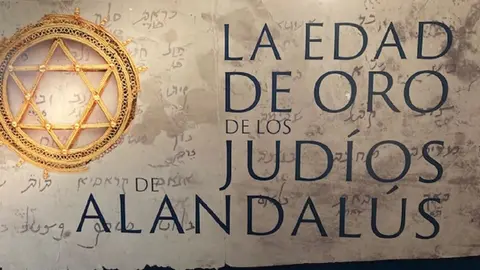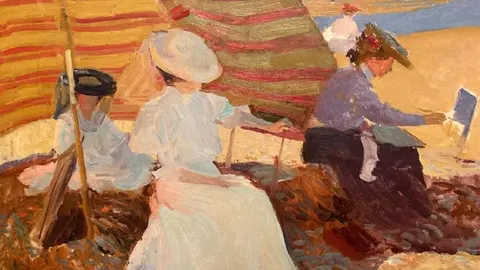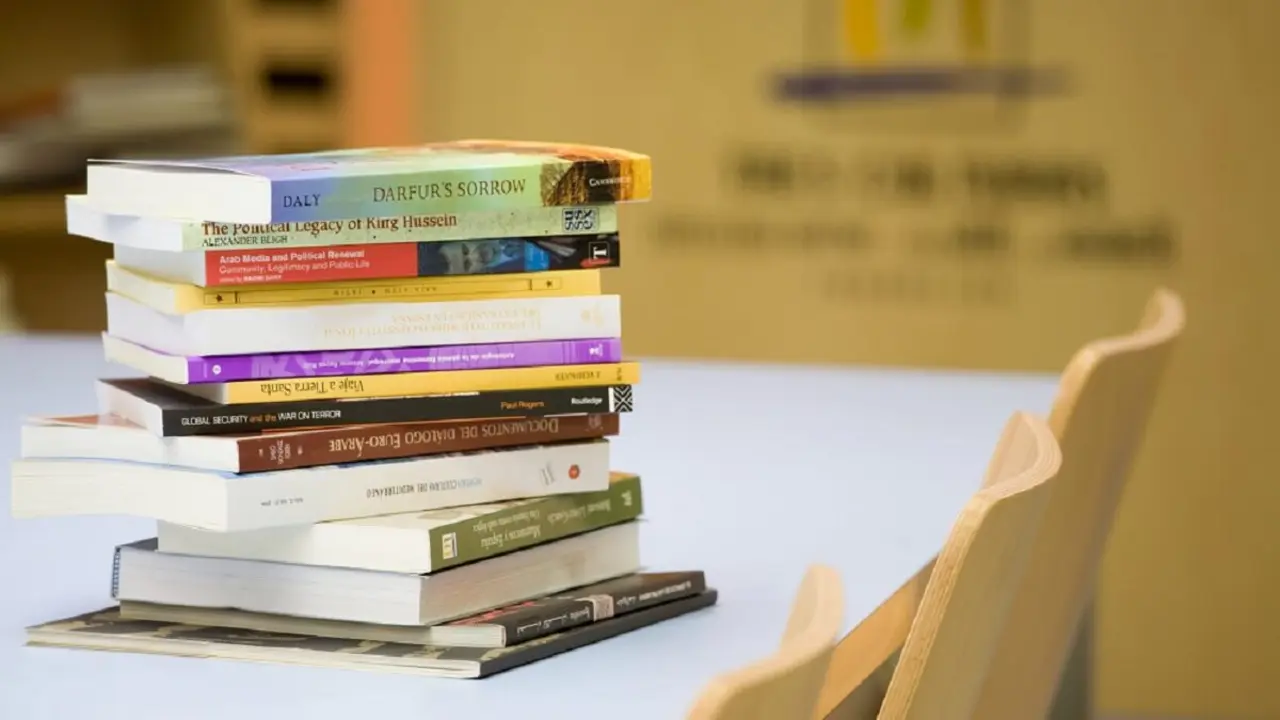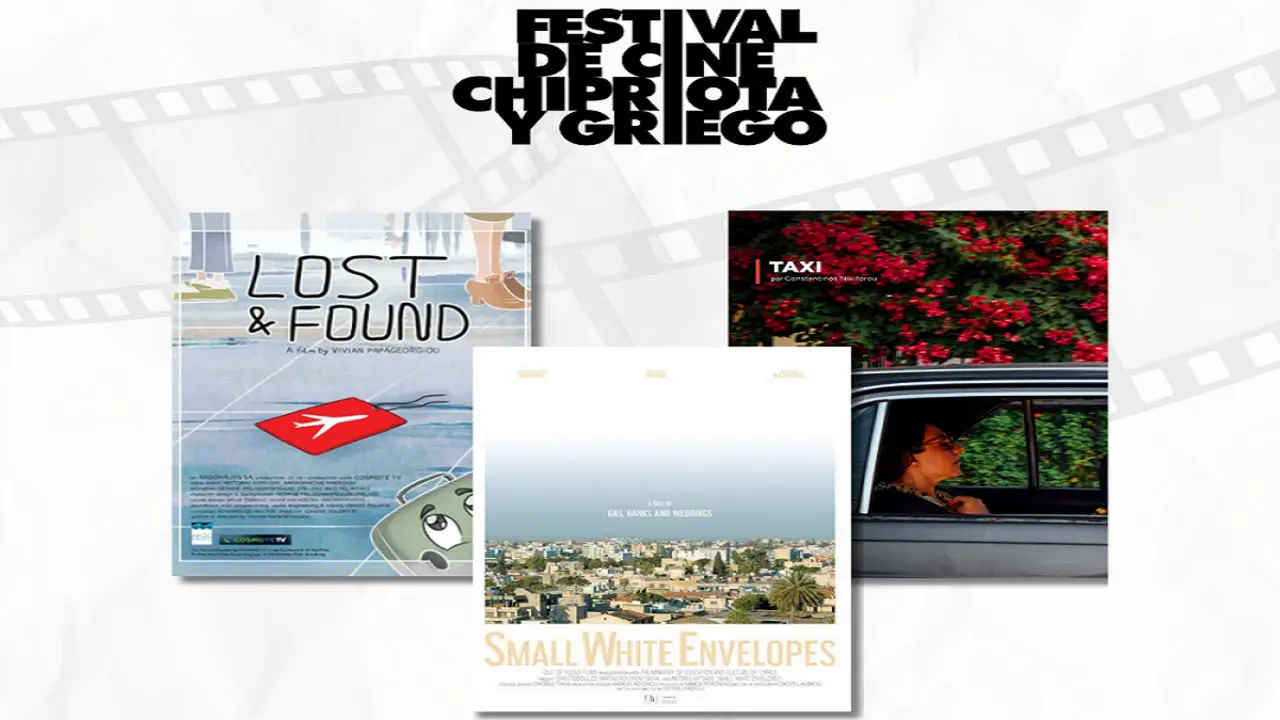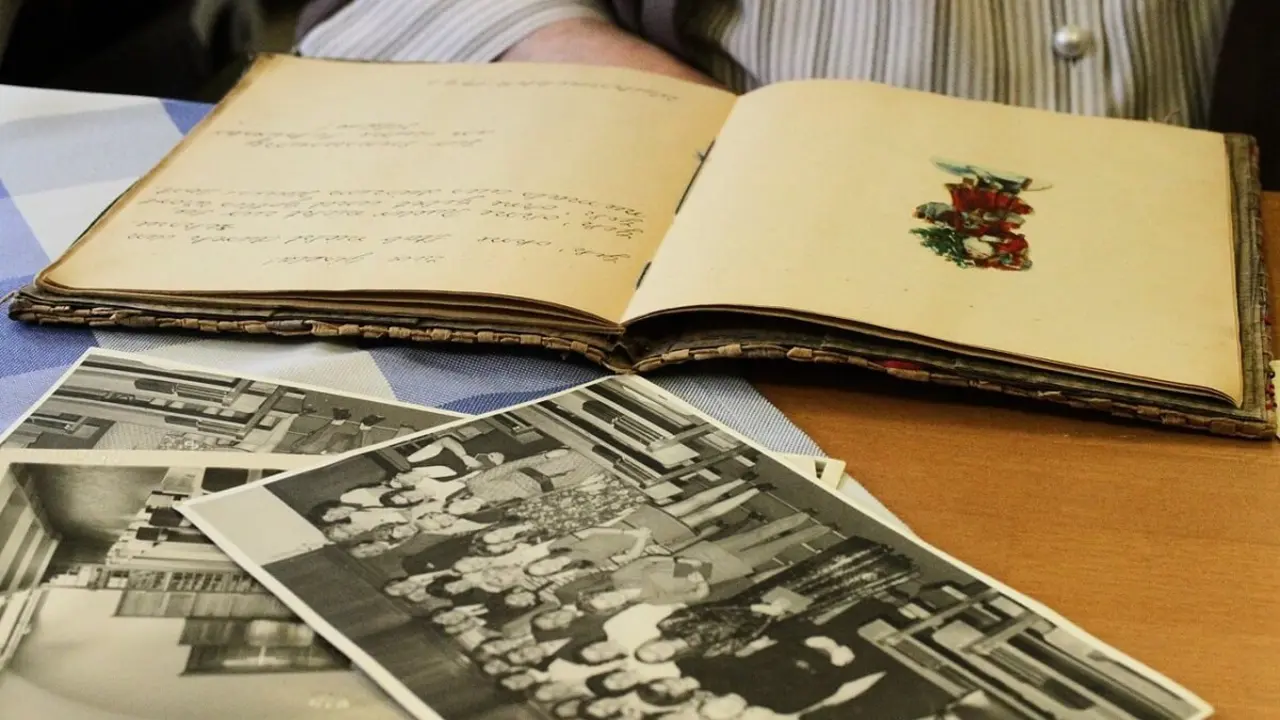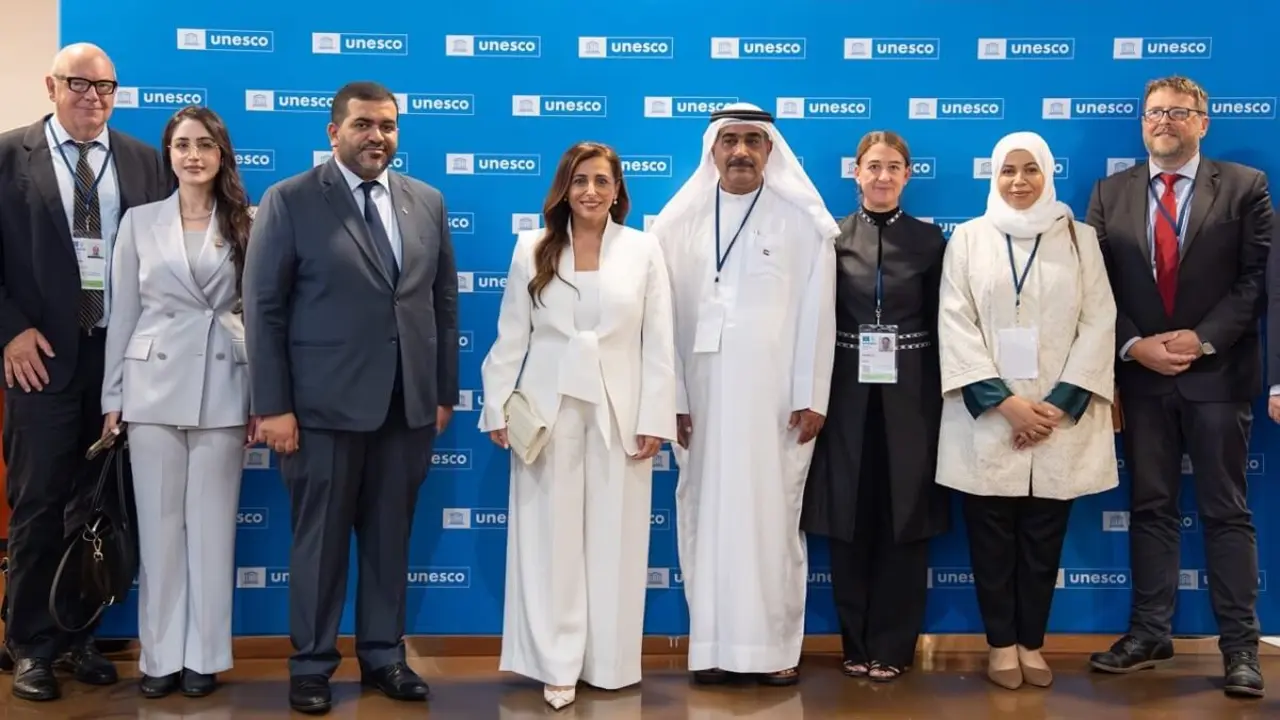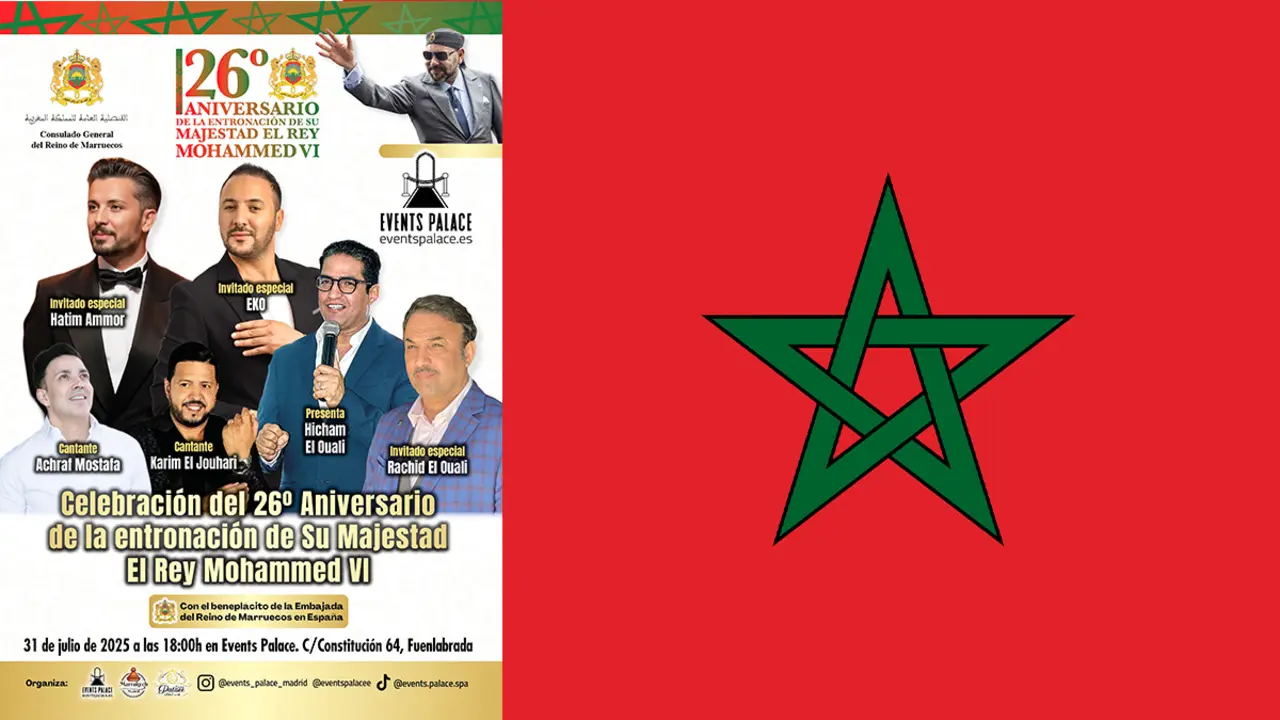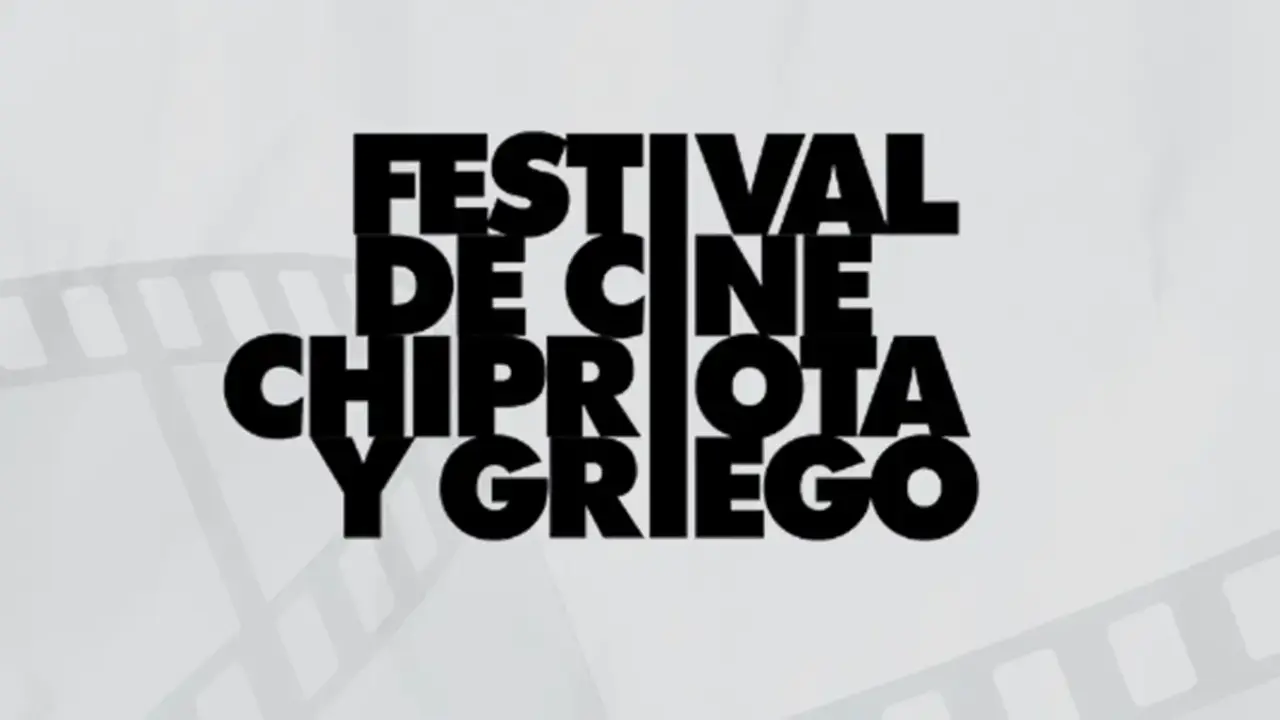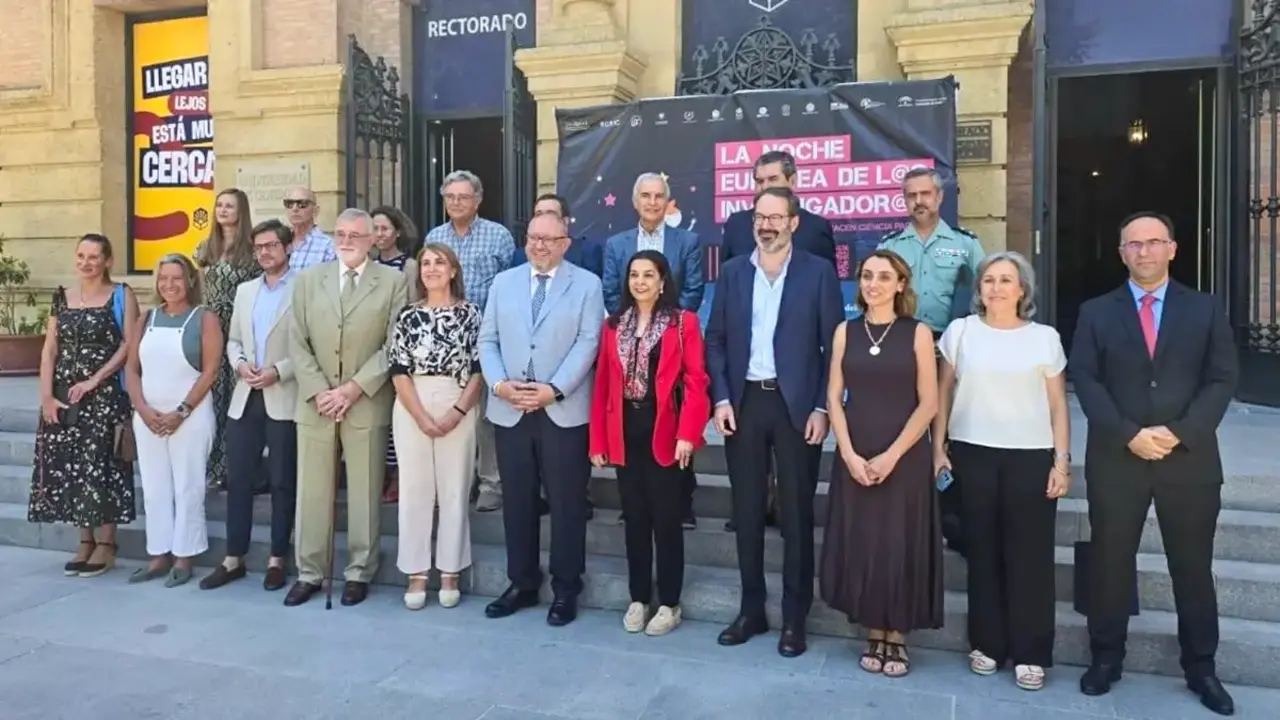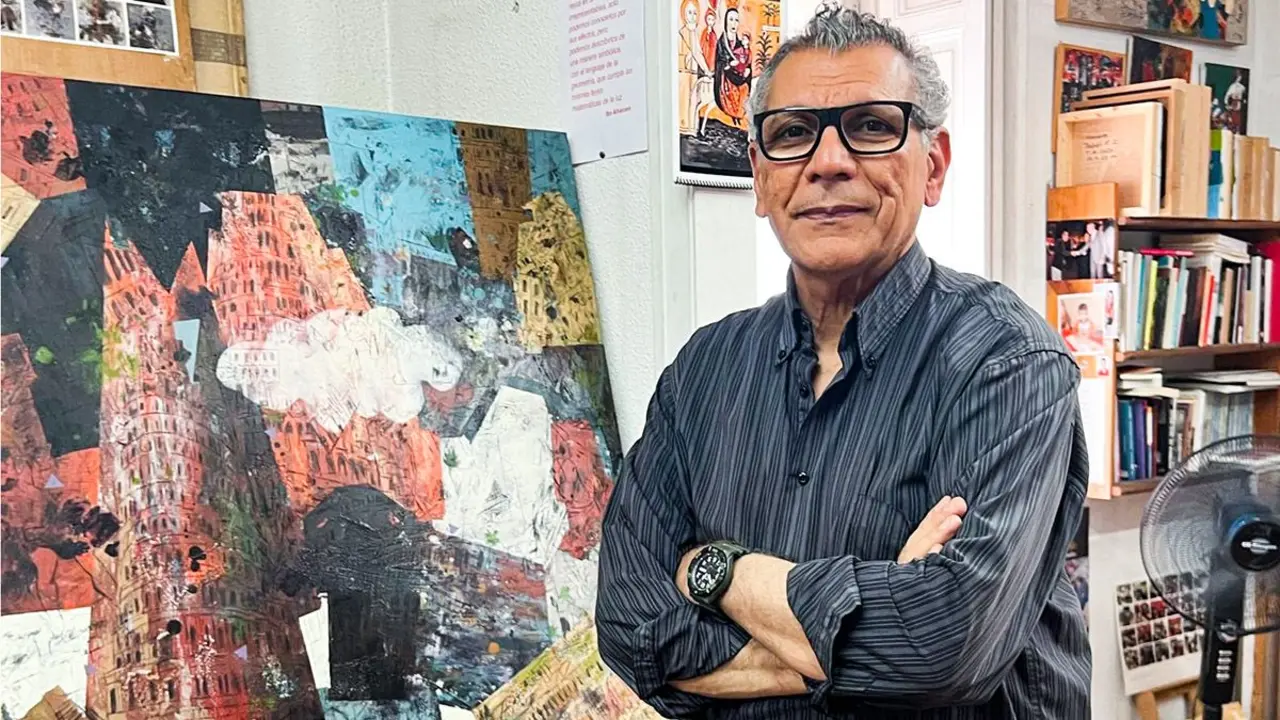From Rosso to Sorolla via Pernot

Like all pioneers, the Turin-born Medardo Rosso (1858-1828) had to endure the incomprehension if not the contempt of his contemporaries, but today he is unanimously recognised as one of the sculptors who, at the turn of the 19th to the 20th century, contributed to freeing sculpture from the weight of the academic tradition. One of his aims was to capture the different collections of the human being: joy, sadness and helplessness.
It was from 1883 onwards that Rosso began to explore the path of artistic creation as a process, moving away from the mimetic representation of the surrounding reality. It is on these pioneering works that the exhibition focuses: revolutionary and free pieces that anticipated the ideas of the great sculptors of the 20th century. Rosso thus works in the elaboration of variations and repetitions of the same work. In this way, each of these pieces is different from the previous one, and therefore a unique work, although they are all born of a first impression.
Curated by Gloria Moure, and organised in collaboration with the Medardo Rosso Museum, the exhibition includes nearly 300 works, including sculptures, photographs and drawings, which emphasise the artist's own idea of his work; that is, that it was a practice in which he had to work over and over again on the same pieces, giving them a different meaning each time.

Sorolla's summers
It is one hundred years since the death of Joaquín Sorolla and this exhibition is Fundación Mapfre's contribution to the commemoration of the great Valencian artist. In this case, the curator Casilda Ybarra has managed to bring together 40 works of all formats, which cover Sorolla's career through the presentation of the most popular theme of his career: beach scenes. This group of works shows the modernity of his artistic vision in the representation of work at sea and summer holidays on the Mediterranean and Cantabrian coasts. Thus, for the first time and by contrast, the vision of the so-called Spanish summer holiday is depicted.
The exhibition route, arranged in a single continuous section, combines thematic and chronological presentation to highlight the evolution and role that the motif of beach scenes played in Sorolla's work: from the compositions that first focused on work at sea, with which he achieved his first international successes, to works produced in his last summers, which served as a break from the major commission for the "Vision of Spain" that he produced for the Hispanic Society of America.

Document/Monument by Mathieu Pernot
Of the three simultaneous exhibitions, the French photographer Mathieu Pernot (Fréjus, 1970) is obviously the only living artist. His is the first retrospective to be held in Spain covering more than thirty years of work. Called Document/Monument, its curator, Victoria del Val, summarises the issues that have been interwoven in this artist's work: life on the margins and the stories of people on the periphery of society.
This selection includes "The Gorgans", one of the fundamental works that has accompanied Pernot since the beginning of his photographic activity. The members of the Gorgan family have become the main figures in Pernot's artistic discourse, both because of their magnetism and power of embodiment and because their lives intersect with the history of the gypsy community over the centuries.

Also included are his most recent series on Melilla, which the author describes as "the good side of the barbed wire", another on the destroyed buildings of Beirut after the Lebanese civil war, and yet another on the controlled blowing up of French suburban buildings. These were the utopia of the 1960s to house and integrate the huge Arab immigration, which gradually led to the dystopia of the ghettoised banlieues, one of the most serious problems of French society. Also worthy of note is the series "Los que gritan", which brings together graphic material from the demolished Parisian prison of La Santé.
The three exhibitions can be seen until 7 January.


